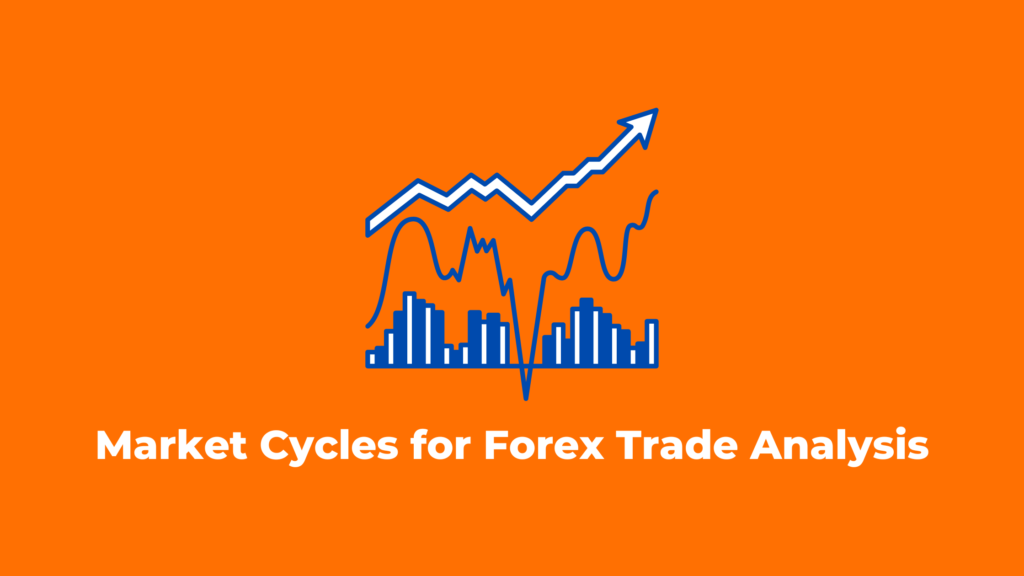The Forex market has massive potential for traders with the proper knowledge and experience.
Yet, one big drawback among traders is the lack of good basics.
In this post, I’ll share the three broad types of orders you can explore in FX. The three form the essential points for order entry. Plus, each type of order suits the trading plan in light of the prediction of price direction.
And all should fit into trading strategies with high win rates for any trader.
Also, this post will help you appreciate the many approaches for a trader to speculate and trade profitably in the markets with correct technical analysis and price action.
At the onset, the explanations may seem hard to comprehend. Yet, they are straightforward once you grasp the market to see where you can get in and exit.
To help make things even far more straightforward, I’d recommend you do each order type practically. If you have a demo account, use it to learn the concepts here – you’ll not lose any capital- it’s risk-free.
To help make things extra clear, I’ll use images from my MT4 desktop applications on live accounts.
1. Market Orders
A market order takes effect when a trader joins the market instantly.
Some traders and brokers prefer the term – market execution for market orders.
Market orders open at the spot rate of exchange. However, brokers deduct a few pips to cover their fees.
And traders can either short or sell if they anticipate that prices will fall in future timeframes.
Otherwise, you can buy or go long if they anticipate higher prices in the subsequent timeframes.
Therefore, as you note, market orders allow you to join the markets at quick speeds to take advantage of the rapid price shifts – either bullish or bearish.
With market orders, you can only buy above the spot or current price. Likewise, your sell transactions must be below the spot price. In other words, bulls take profit above the spot prices, while bears take profit below the spot prices.
Therefore, with market orders, you have one chance to predict the market direction and go with that.
It’s worth noting that opening and closing trades on the spot reduce your account’s capital with the few pips brokers charge as commissions.
Market Order Examples
Market Order Sell
GBPUSD PAIR 30 MINUTES
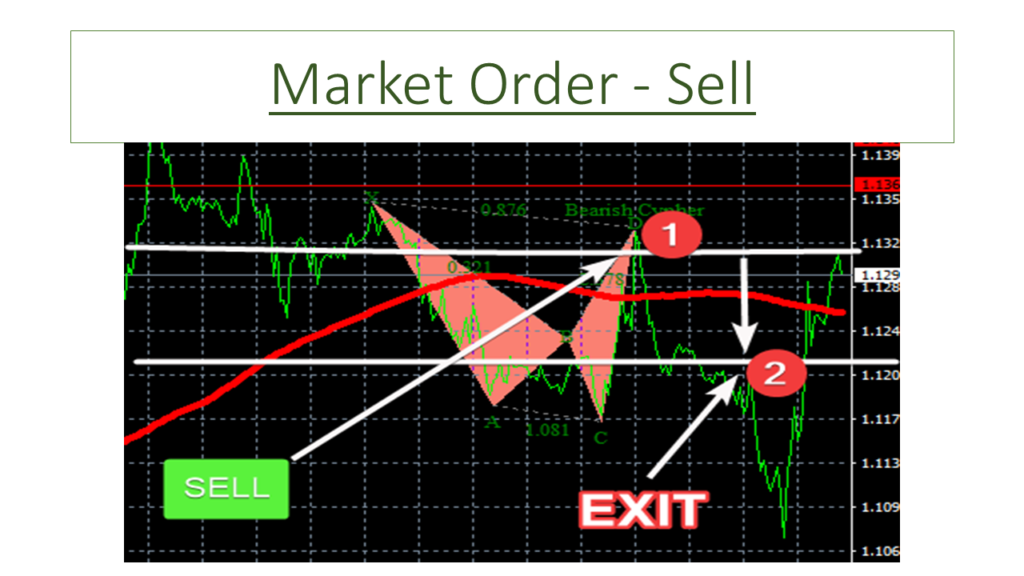
In the image above, GBPUSD charts on 30 minutes intervals, a seller enters the market at the price point marked A. Note that the prices shift downwards in their favour.
The seller keeps shifting the stop loss position lower. At the point marked 2, the prices shift upwards, and the bullish spike gets them out of the market with a good profit.
The seller may have been lucky to take profit at the lowest position seen on the image – yet the stop at point A is adequate.
Market Order Buy
NZDSGD 30 MINUTES
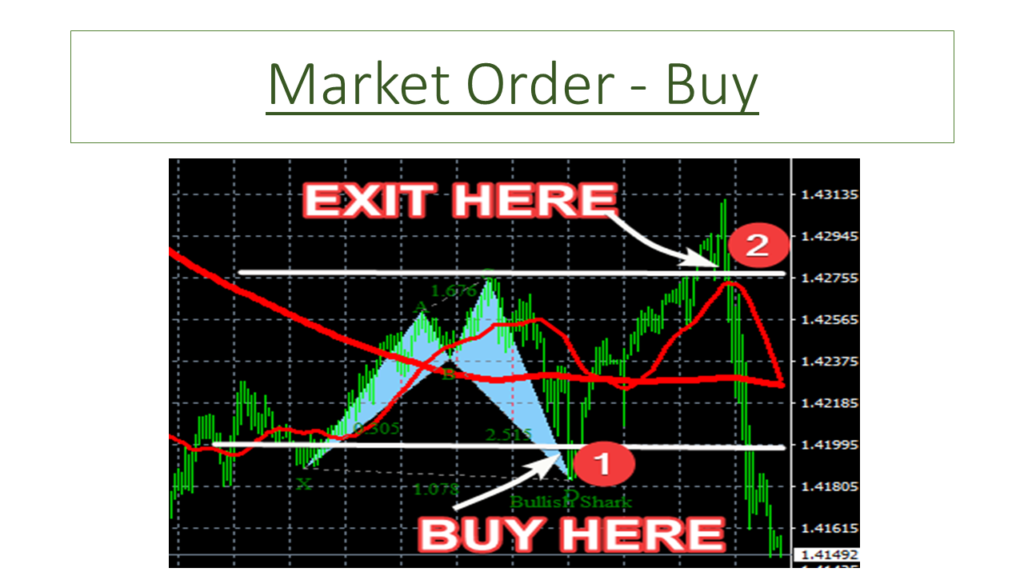
Above is the image for NZDUSD at a 30 minutes interval. A buyer targets a market order and enters a position at point 1. He’s lucky with the bullish swing upwards, and he takes profits at the position marked 2.
Notice that by allowing enough breathing space with the stop loss position, the buyer was not stopped along the way.
Therefore, with a market order-buy position, buyers take profits at areas or price zones higher than the entry point.
2. Stop Orders
Stop orders trigger at a set price point if prices move in the expected direction – bullish or bearish.
The difference between stop and market orders is that stop orders are not instant.
Stop order transactions trigger when prices hit them. The difference arises with the time it takes for prices to make it to the zone where the stop order is set.
And as a model of charging commissions for the trade, brokers will always deduct a few pips. For a buy-stop order, the trade will pick a few pips before the set price. Conversely, the transaction will trigger a few pips below your sell price for a sell.
Note, however, that the few pips deducted by brokers recovering commissions do not apply to those on zero commission arrangements.
The setups to take profit for stop orders apply as those for the market orders. Your take profit for the buy transaction must be above the price point you set for entry.
Also, your take profit position for the sell position must be lower than the selling price point.
Overall, the stop orders anticipate that prices will maintain the projection or trend once the trade is triggered. So prices must keep rising for buys, and prices must keep falling for sell.
Stop Order Examples
Sell Stop NZDCHF 15 MINUTES
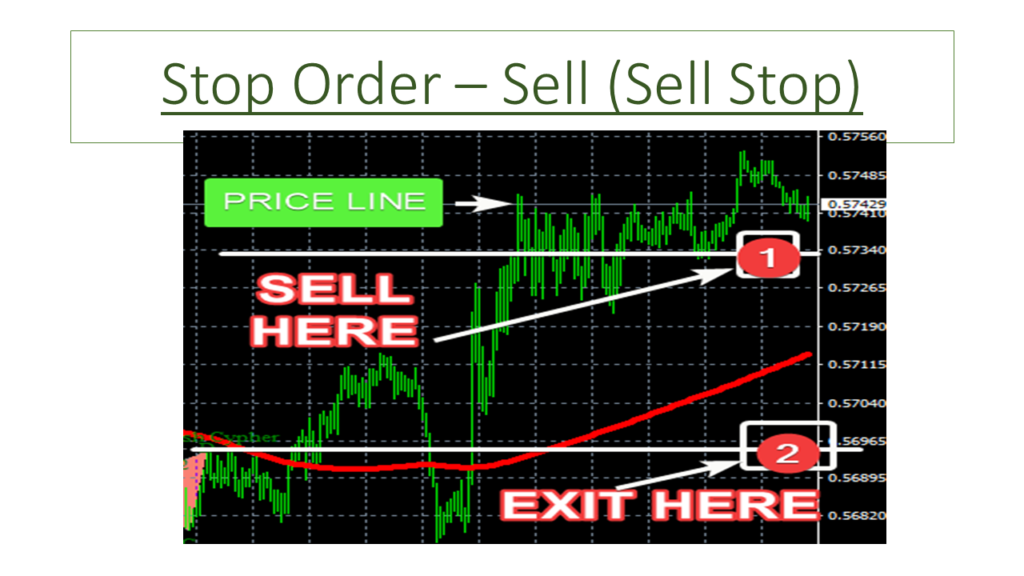
In the above chart, NZDCHF 15 minutes’ chart, a seller enters a sell stop position below the price line at the point marked 1.
If, according to the plan and projection – prices shift lower to points marked 2, the seller bags a profit from the position
Buy Stop
GBPNZD 5 MINUTES
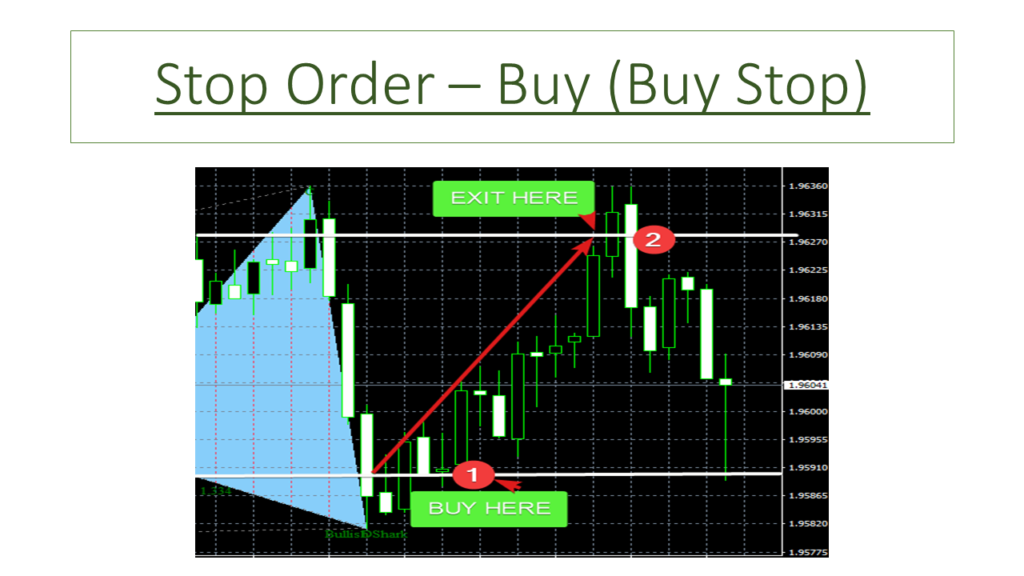
In the above chart, in 5 minutes for the GBPNZD, a buyer spots a setup with promising upward momentum. And enters a buy-stop position at the point marked 1.
In a good set-up, the position triggers at point 1, and the markets swing in favor towards point 2. The buyer is smart enough to shift the stop loss position higher – so with the change in price direction, the buyer is put out of the market – but with a profit.
3. Limit Orders
Limit orders anticipate price reversals. So when prices hit a projected zone and bounce back, the limit order triggers.
First, if prices are on a bullish trend, a sell limit comes into play. Where if prices revere and turn bearish, the trade triggers and get you to profit if it hits the take profit position lower than the trigger price.
Secondly, if prices are on a bearish trend, a buy limit comes into play. Where if prices reverse into a bullish narrative, the buy limit triggers. And if the bullish prices sustain the trend, you close with profits – at prices higher than the buying price.
Limit orders are helpful for traders with considerable experience with range-bound or choppy markets. It’s a way to take advantage of price movements with some reasonable levels of familiarity.
Limit orders ensure traders pick setups while prices reverse at certain key zones without them activating the positions manually.
As you can note, the limit orders require reasonable expertise with technical and fundamental analysis. The fundamental analysis here blends very well with the rise and fall in volatility – creating some price waves with reasonable predictability.
Limit Order Examples
Limit Order – Sell (Sell Limit)
EURSGD 1 HOUR
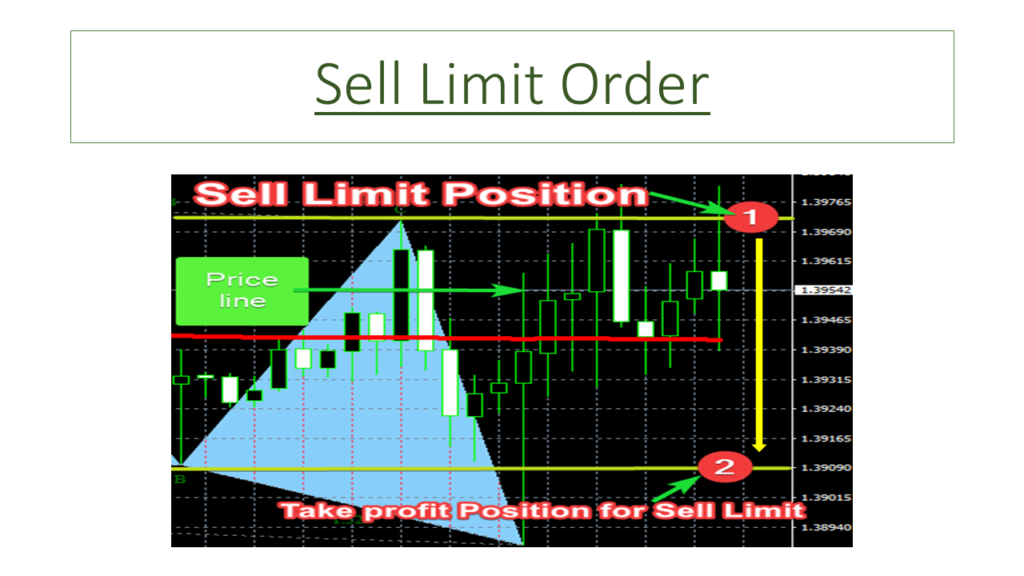
In the illustration above EURUSD hourly charts, the seller places a position at a resistance zone market 1. Notice that the price shoots upwards – triggering the sell limit position, and starts shifting in its favor.
On a good set-up, the seller can exit within the prior zones of the swing low marked 2.
Ideally, the aim of a limit order is to profit from a counter direction with price movements.
Limit Order Buy (Buy Limit)
EURGBP 5 MINUTES
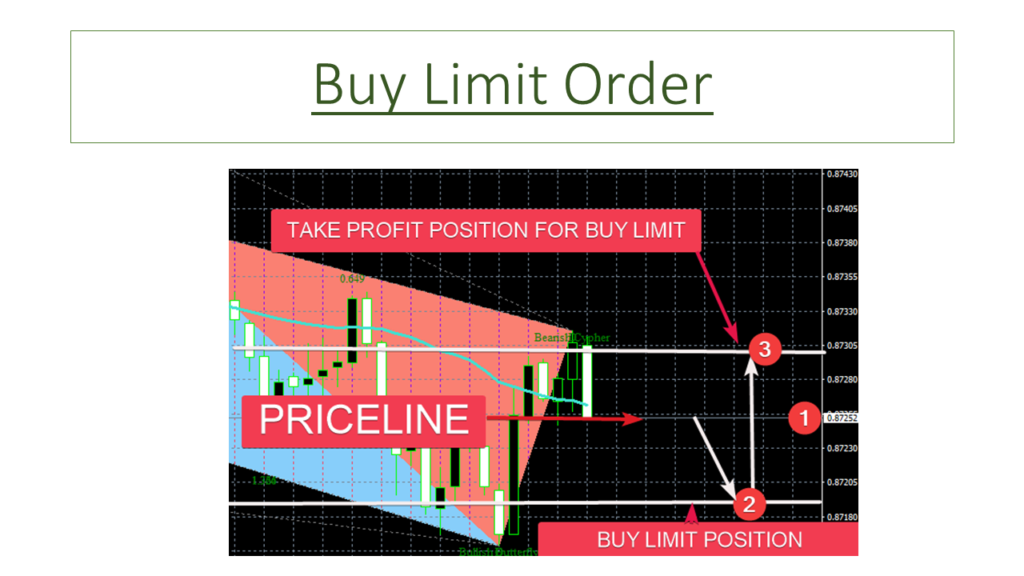
For our Buy limit illustration, refer to the above – EURGBP on a 5 minutes chart.
Notice that the buy limit position is at the point marked 2. It’s below the market price.
And the buyer anticipates that the prices will shift lower – triggering the buy limit and rising in his favour. The plan is to exit at the region of the swing high – marked 3.
Which Type of Order is Best?
The truth is, none of the order types above guarantees higher profitability than others. With that spelled out, every trader is free to explore what works best for them.
And in order to find out what works for any individual trader, it’s best to pick trends from personal performance data. Personal trading performance is best evaluated by documenting trades via a trading journal.
Trading Journal
A trading journal is simply a record of trades, the outcomes, and the reasons why you picked them. Individual trading starts there – putting the records and updating them promptly.
Thereafter, a critical analysis of data within a reasonable time trading will show clear trends. Plus, the trends can help you define what type of trader suits you best. A scalper, swing, or position trader?
To add more value to your trading strategy, add the knowledge you pick from analyzing your trading journals and never stop learning.
Summing Up Everything
Having looked at the three order types and cognition that none is superior, traders should work with what gives them the best results.
Successful trading takes more than opening and closing trades. Successful traders work hard at constantly improving their knowledge and experience. They keep journals and probe to pick trends in performance – but utmost keep improving.
Lastly, successful trading takes a strategy with wins that outnumber any losses there may be. It takes more market analysis and personal organization. Half the battle to correct trading is won in the traders’ mind – the patience, analysis, and confidence in a never-ending sequence.

James is a finance writer, and content marketing specialist. He often writes about Forex, Crypto-Assets, Blockchain, and Information Technology.


